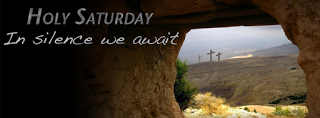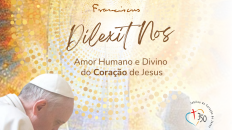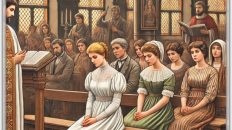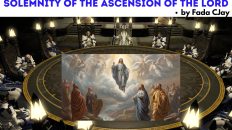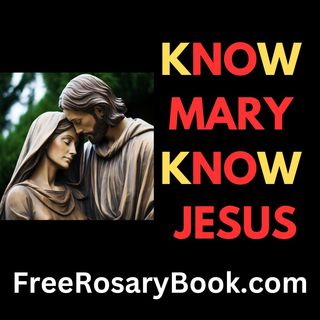WHAT YOU MAY NOT KNOW ABOUT THE EASTER VIGIL
PART 3: HOLY SATURDAY: EATER VIGIL; THE MOTHER OF ALL CELEBRATIONS; MOST BLESSED OF ALL NIGHTS
Dear friends, after celebrating the passion, suffering, and death of Christ on Good Friday (yesterday), today (being Holy Saturday), the Lord Jesus takes his “rest” after the work of redemption he had done; just as God the Father rested on the seventh day after completing the works of creation (cf. Gen. 2:2). For this reason, in some traditions, this day is called “The Great Sabbath”. It is also called “Black Saturday” because it commemorates Jesus lying in the tomb until his resurrection on Easter Sunday. It is a day of great mourning. Black is a symbol of death and mourning. That is why the Church begins with what is known as “Service of Light” on the evening of this Saturday in order that Christ, the true Light would disperse the darkness that connotes that day and bring the light of his resurrection. For this reason, the Coptic Christians call it Joyous Saturday” or “the Saturday of Light”.
Having said these, we understand that on Holy Saturday the Church meditates on the suffering and death of Jesus. Then the Church gathers to celebrate the Easter Vigil. The celebration of the Easter Vigil should take place at night, beginning after nightfall or ending before the dawn of Sunday. The Easter Vigil has four parts: The Service of Light; the Liturgy of the Word; the Liturgy of Baptism; and the Liturgy of the Eucharist.
During the Service of Light, all the lights in the church are turned off and a fire is prepared outside the church. Then the fire is blessed and the Paschal Candle is lighted from the new fire. The candle is carried into the dark church. It is a sign of Christ, the Light of the World, who has overcome the darkness of sin and death. The lighted Paschal Candle provides the only illumination. Then, from the flame of the Paschal Candle, members of the congregation light the small candles that they are holding. The flame is passed from person to person until everyone is holding a lighted candle. The light from the Paschal Candle and all the small candles provides the only illumination in the church during this portion of the liturgy. The light signifies Christ (the true light – John 1:1-18), the “Morning Star”, (Rev 22:16; 2 Peter 1:19), which in Latin is Translated as “Lucifer”. This is not a reference to the devil (as I explained in one of my posts, months back), however, in referring Christ as the Morning Star (Lucifer), we recognize the fact that Christ is the True Light, just as Lucifer means “Day Star or Morning Star”. It was an honourable name given to the devil before his fall as an angelic being because he participated in the Light of Christ; but after his fall, he ceases to be Lucifer, and became known as devil/satan. Therefore, in the Easter Exultet, we sing to God, asking that the candle which is being lit will continue to burn until His Son (Jesus Christ), “The Morning Star” comes to reign for eternity. The Paschal Candle represents the light and new life of Christ’s resurrection.
During the Liturgy of the Word, the story of God’s great love for us is proclaimed in readings from the Old and New Testaments. There are seven Old Testaments texts. Although it would be preferable that all seven Old Testament readings be proclaimed, the number of readings may be reduced if the circumstances necessitate (in this case, at least three Old Testament readings should be proclaimed). The readings recall the great events of salvation, beginning with creation itself and were selected to dispose people to celebrate the sacraments of Christian initiation with great faith. At the end of the seventh reading from the Prophet Ezekiel with its corresponding Psalm and prayer, the “Gloria” (Glory to God in the highest) is chanted and the faithful joins in this joyful song as the Church bells are rung. At this point, the altar is quickly decorated with flowers etc. after this, a reading from the epistle of Paul is taken and the Celebrants chants a triple Alleluia before the gospel is read, and everyone present responds with a triple alleluia; THE LORD IS INDEED RISEN! This is later followed by the proclamation of the Gospel about the resurrection of Christ; then the homily.
During the Liturgy of Baptism, those who have been preparing for Baptism and their godparents are called forward. The priest and ministers then go to the baptismal font. After the candidates are baptized, all present stand with lighted candles and renew their baptismal promises as a sign that they share the new life of Jesus through his resurrection.
The Easter Vigil concludes with the celebration of the Eucharist. This is a joyous sharing in the sacrificial meal of Jesus Christ, Lord and Risen Saviour. At the end of the Mass, the Celebrant says: “Go forth, the Mass is ended, alleluia, alleluia! And everyone responds: thanks be to God, alleluia, alleluia! The Lord is risen; the Kingdom has come; our joy is complete; and, in concert with the angels and saints, we greet the risen Lord with shouts of “Alleluia!”
Indeed, “What good would life have been to us, had Christ not come as our Redeemer?”
HAPPY CELEBRATION TO YOU ALL!
